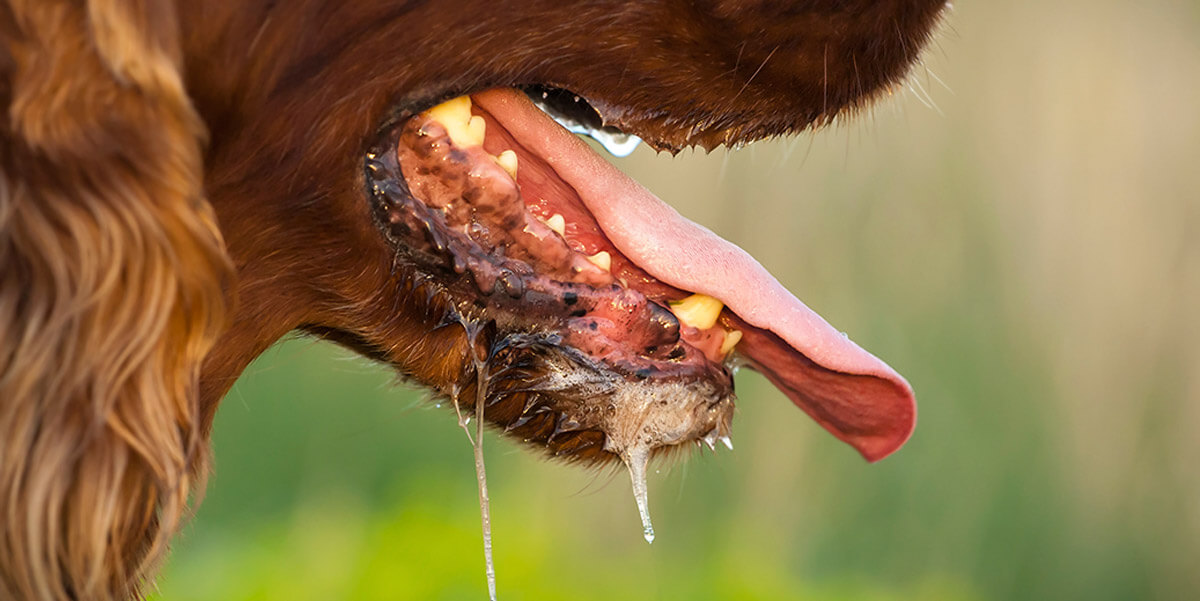
Rabies vaccine
Individuals considered at risk of exposure to rabies viruses within the UK include:- Laboratory workers routinely handling rabies virus.
- Workers at Defra-authorised quarantine premises and carriers.
- Bat handlers who regularly handle bats, including on a voluntary basis, in the UK.
- Veterinary and technical staff who may be at increased rabies risk.
- Animal workers who regularly travel to rabies enzootic areas.
- Travellers to rabies risk areas especially if:
- Visiting areas where access to post-exposure treatment and medical care is limited.
- Planning higher risk activities such as cycling and running.
- Long-stay travellers (more than one month).
- Health workers in rabies enzootic areas who may have direct contact with rabies infected patients.
Vaccine schedules
| Vaccine | Route of administration |
Schedule | Pre-exposure recommendations** |
Age range |
| Rabies Vaccine BP (Human diploid cell vaccine) (HDVC) [discontinued] |
Intra-muscular | 3 doses Day 0, 7 and 21 or 28* Rapid Regimen: |
Primary course (3 doses of vaccine) Booster dose** |
***No minimum age stated in the Summary of Product Characteristics (SPC) |
| Rabipur (Purified chick embryo cell vaccine) (PCECV) |
Intra-muscular | 3 doses Day 0, 7 and 21 or 28* Rapid Regimen: |
Primary course (3 doses of vaccine****) Booster dose** |
***No minimum age stated in Summary of Product Characteristics (SPC)
See Interrupted or accelerated course information below for further details |
| Verorab (Vero cell vaccine) (PVRV) |
Intra-muscular**** | 3 doses Day 0, 7 and 21 or 28**** |
Primary course (3 doses of vaccine****) Booster dose** |
***No minimum age stated in Summary of Product Characteristics (SPC) |
The Summary of Product Characteristics (SPC) should be consulted prior to the administration of any vaccine.
*A third dose can be given from day 21 if insufficient time before travel.
**Routine booster doses are not recommended for most travellers. See Rabies. Chapter 27. Immunisation against infectious disease.
***Although the vaccine can be given at any age, the rapid regimen is ‘off-license’ in some age groups, see the Interrupted and Accelerated Courses information below. The risk of animal bites may be higher once the child is independently mobile. Children are often bitten around the face or head, a type of bite considered to be a higher risk due to the expected shorter incubation period.
****Verorab and Rabipur have a UK license for a pre-exposure two dose regimen via intramuscular route (0.5mL) seven days apart. With Verorab this two-dose regimen is also licensed with the intradermal route (0.1mL). Guidance is awaited from UK Health Security Agency (UKHSA) and the Joint Committee on Vaccination and Immunisation (JCVI) on the use of this two-dose pre exposure vaccine regimen.
Interrupted or accelerated courses
Ideally, those at risk should receive pre-exposure vaccination with three doses of rabies vaccine before travel. Where there is enough time to complete the 21-28-day course, this is the preferred schedule for pre-exposure prophylaxis.
Both the 0, 3, 7 and 365 (i.e. a fourth dose at 1 year) day schedule and the 0, 7 and 21 day schedule can be given using either product, where there is less than four weeks before departure. The 0,3,7 and 365 day schedule is ‘off-license’ in some age groups and with some vaccine brands but can be given according to Ch 27 immunisation against infectious disease ‘Green book’ guidance.
Further guidance on the two-dose regimen for Verorab and Rabipur is awaited from UKHSA.
A risk assessment should always be undertaken when considering rabies immunisation.
You may also like
No Test Reports Found.


